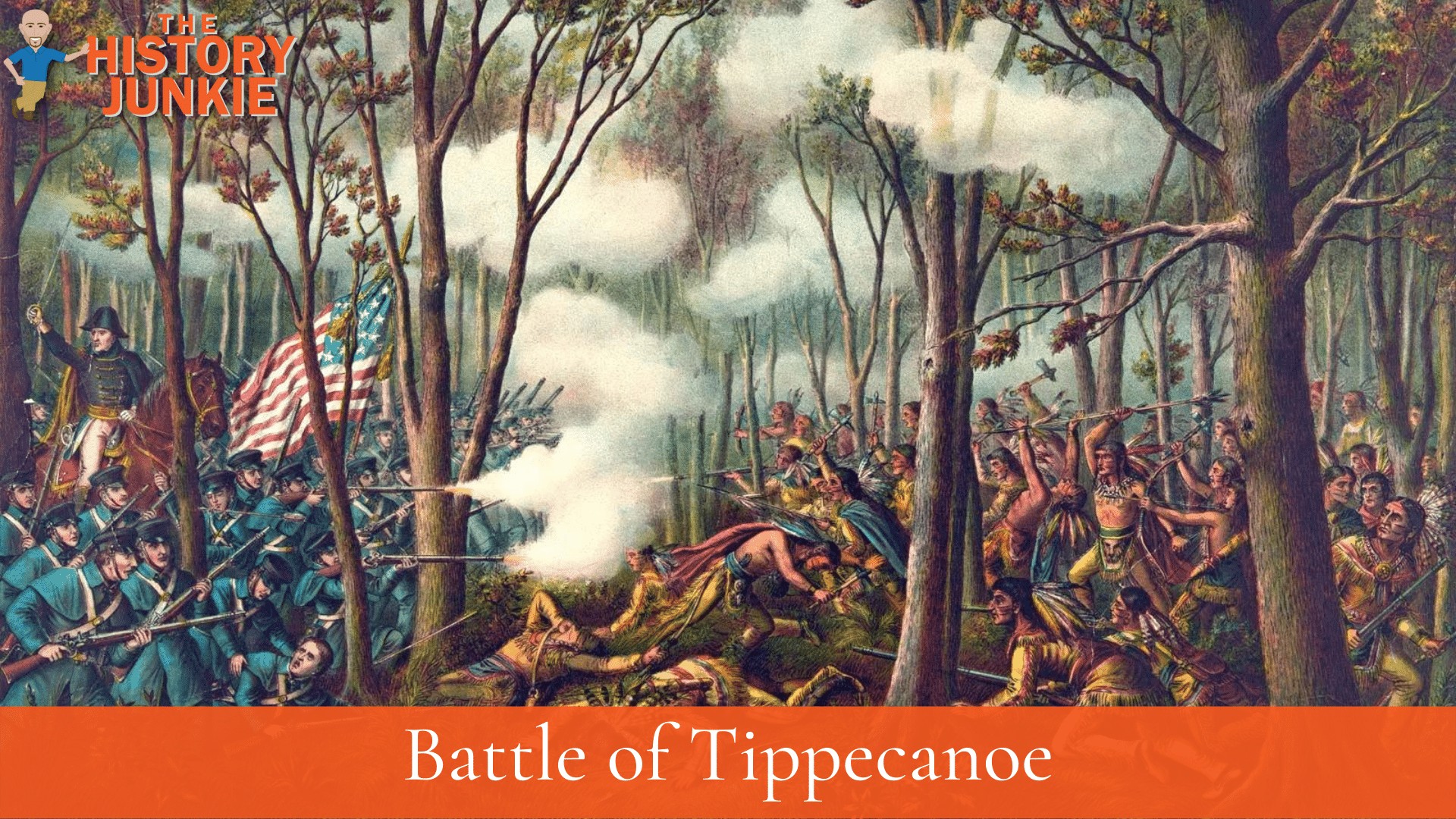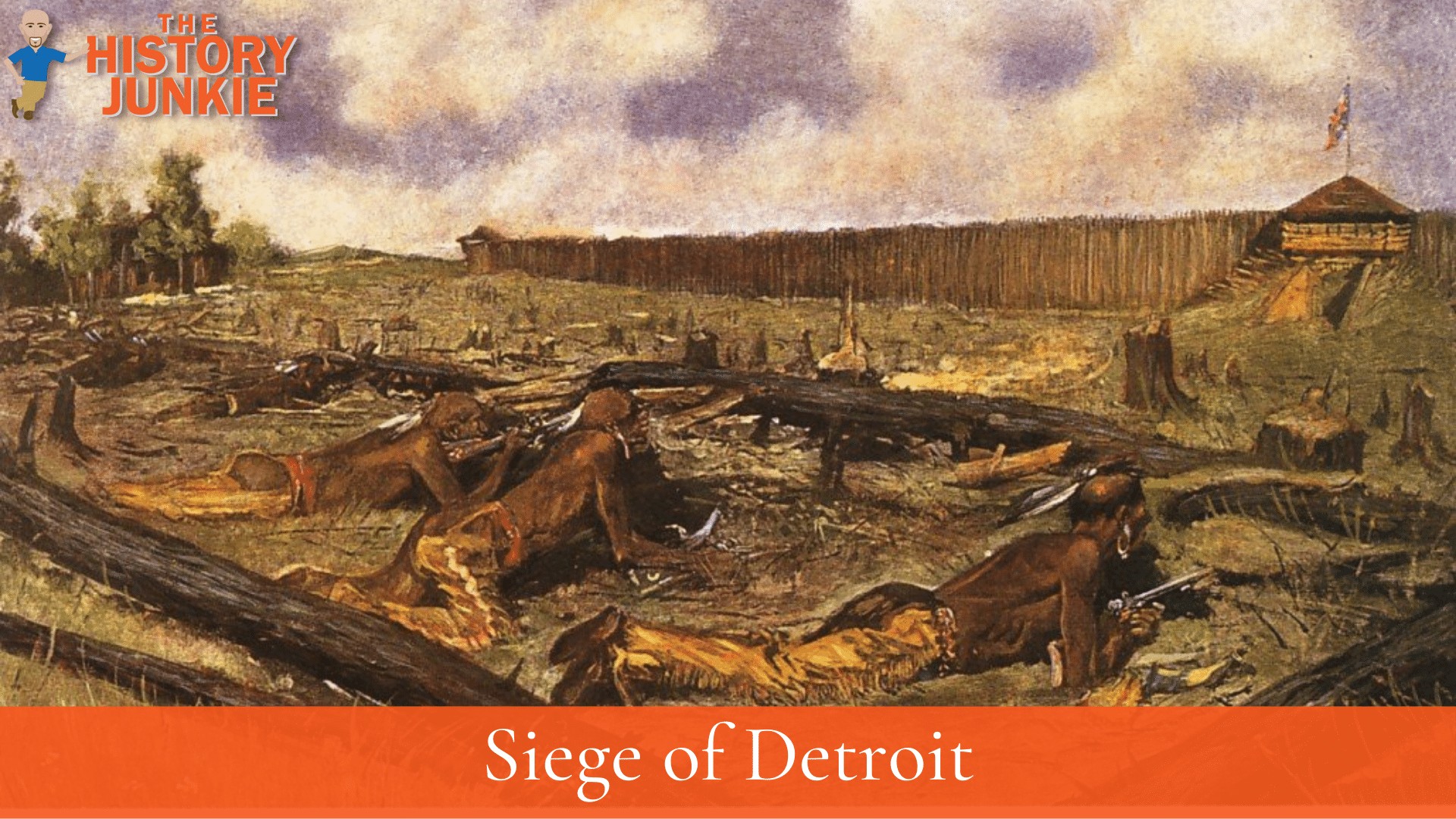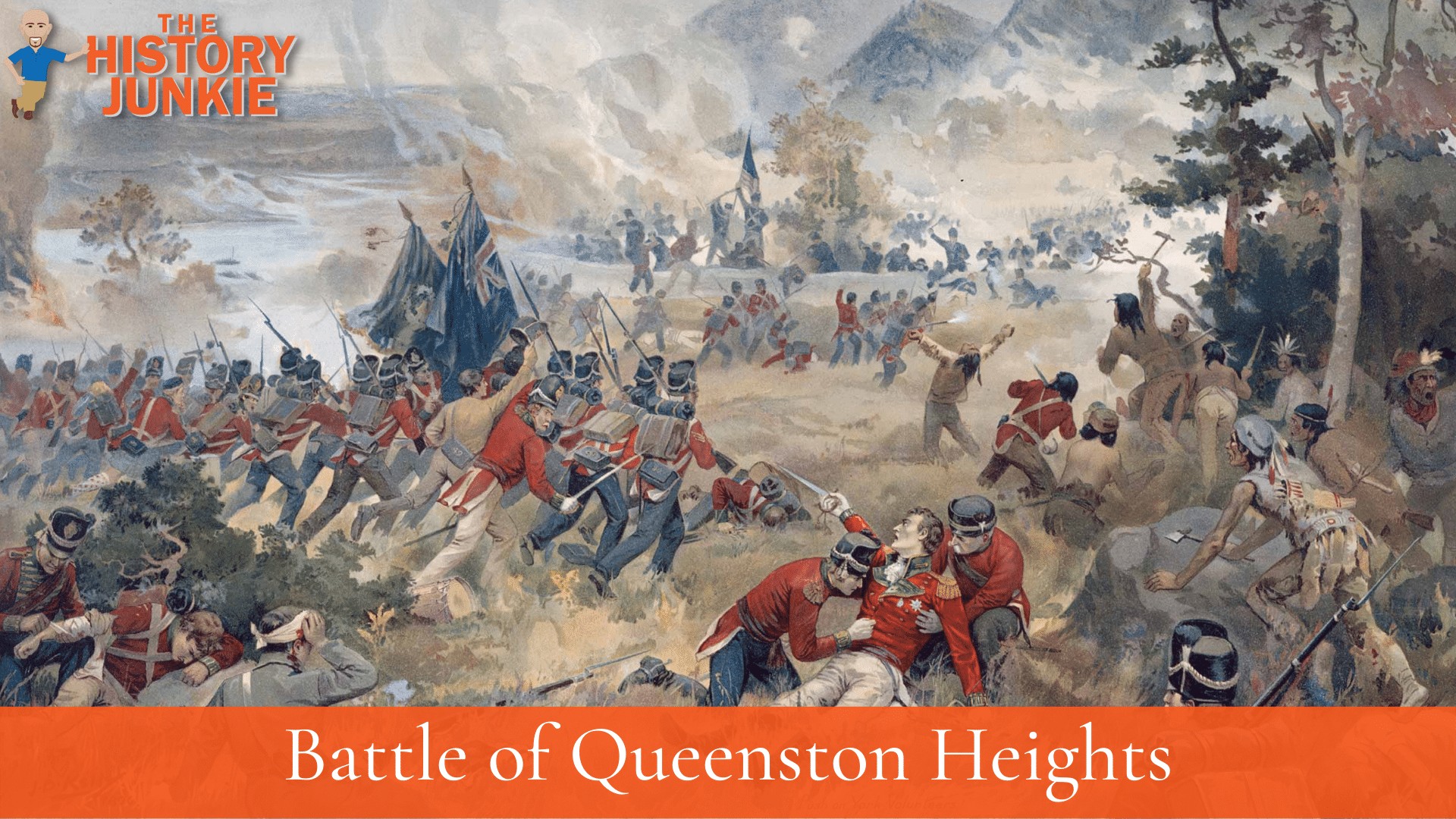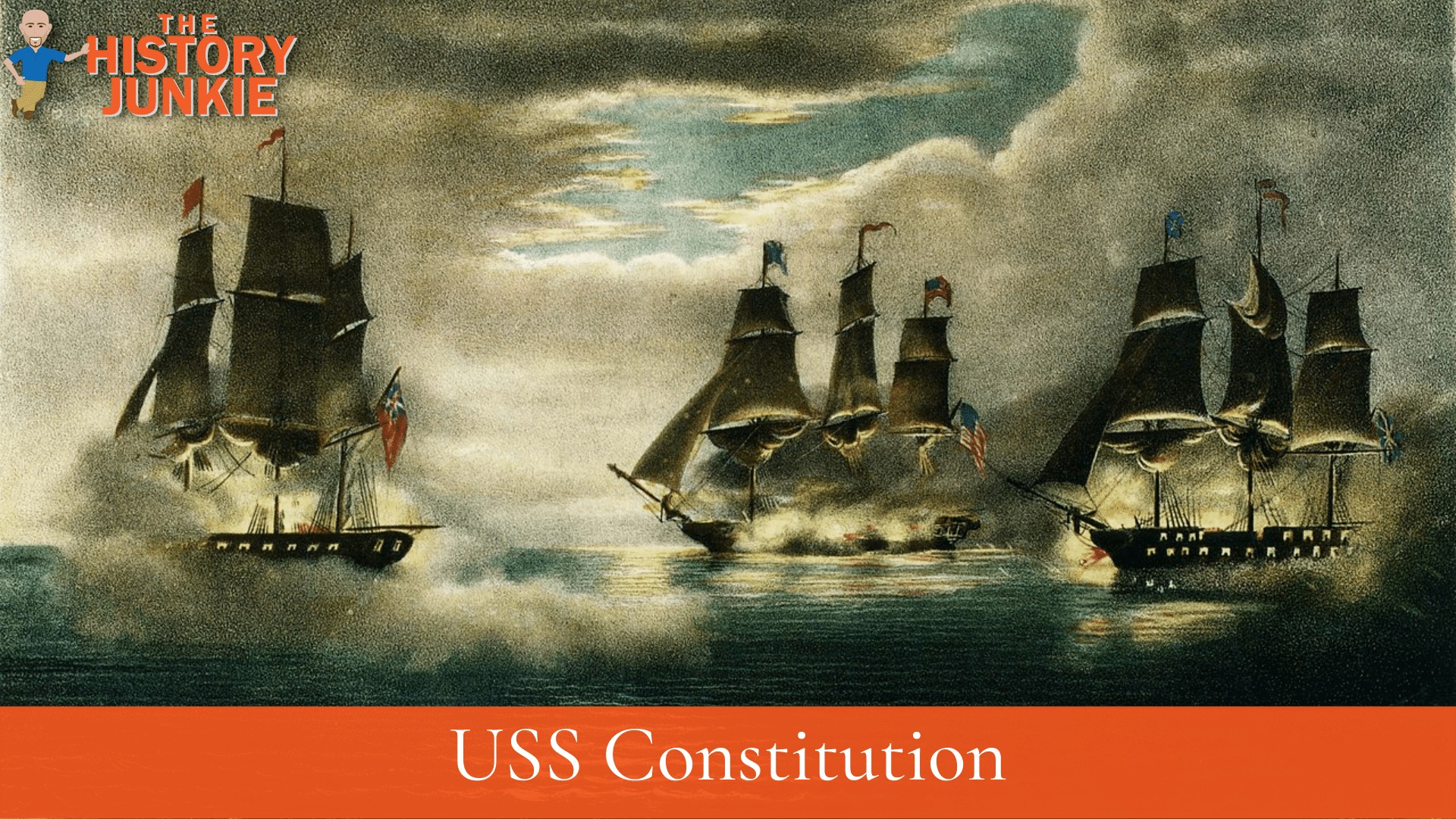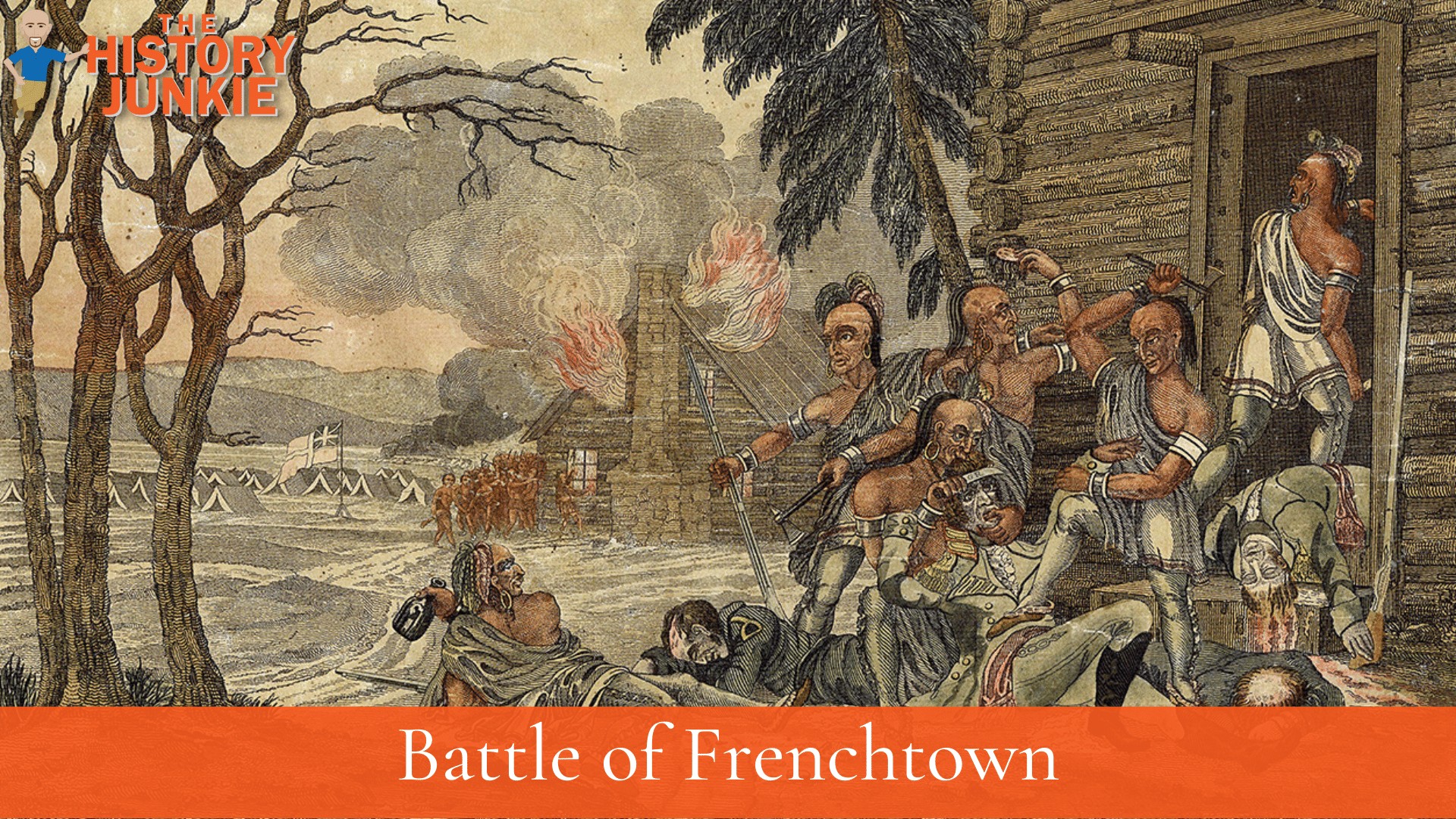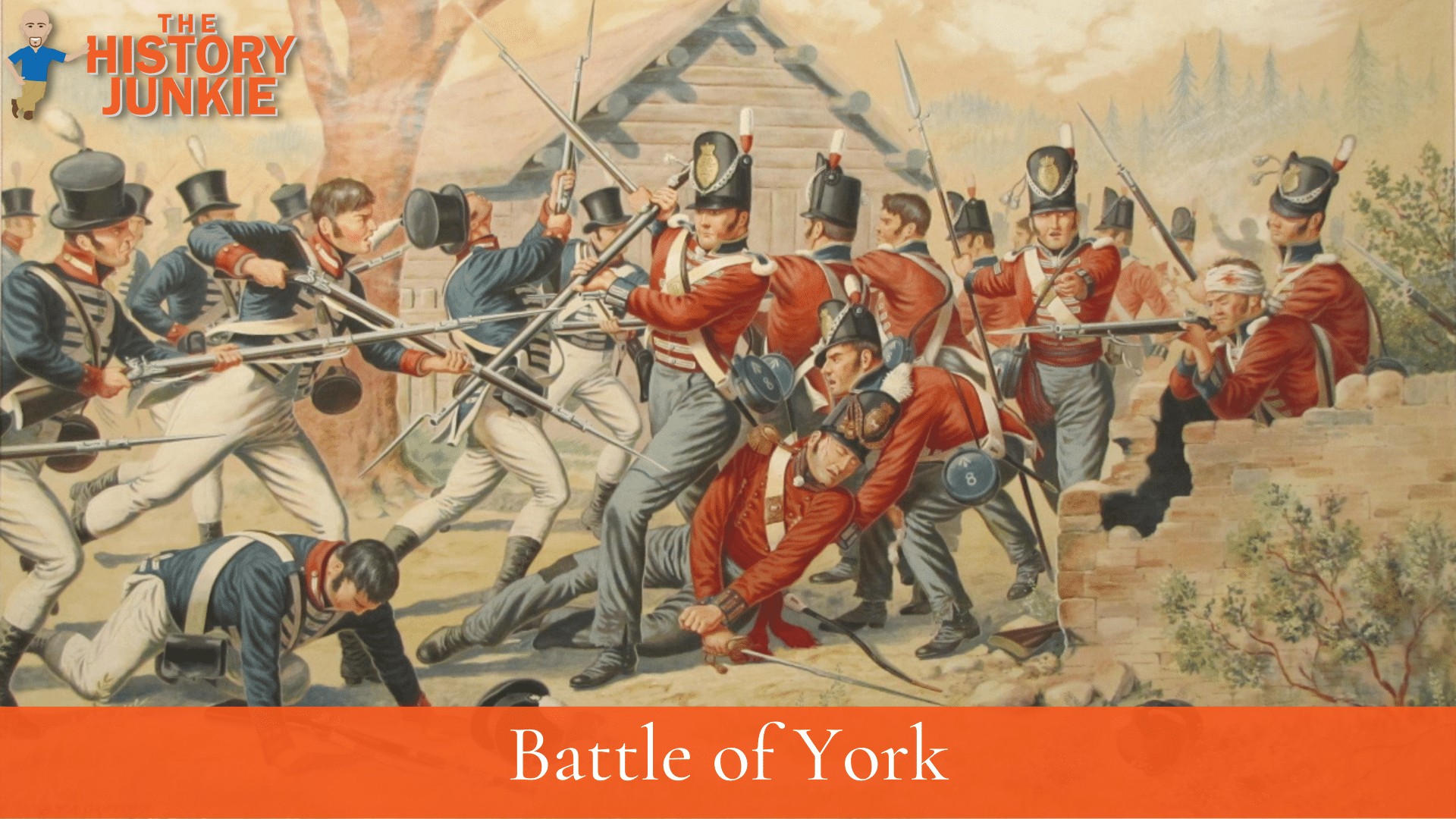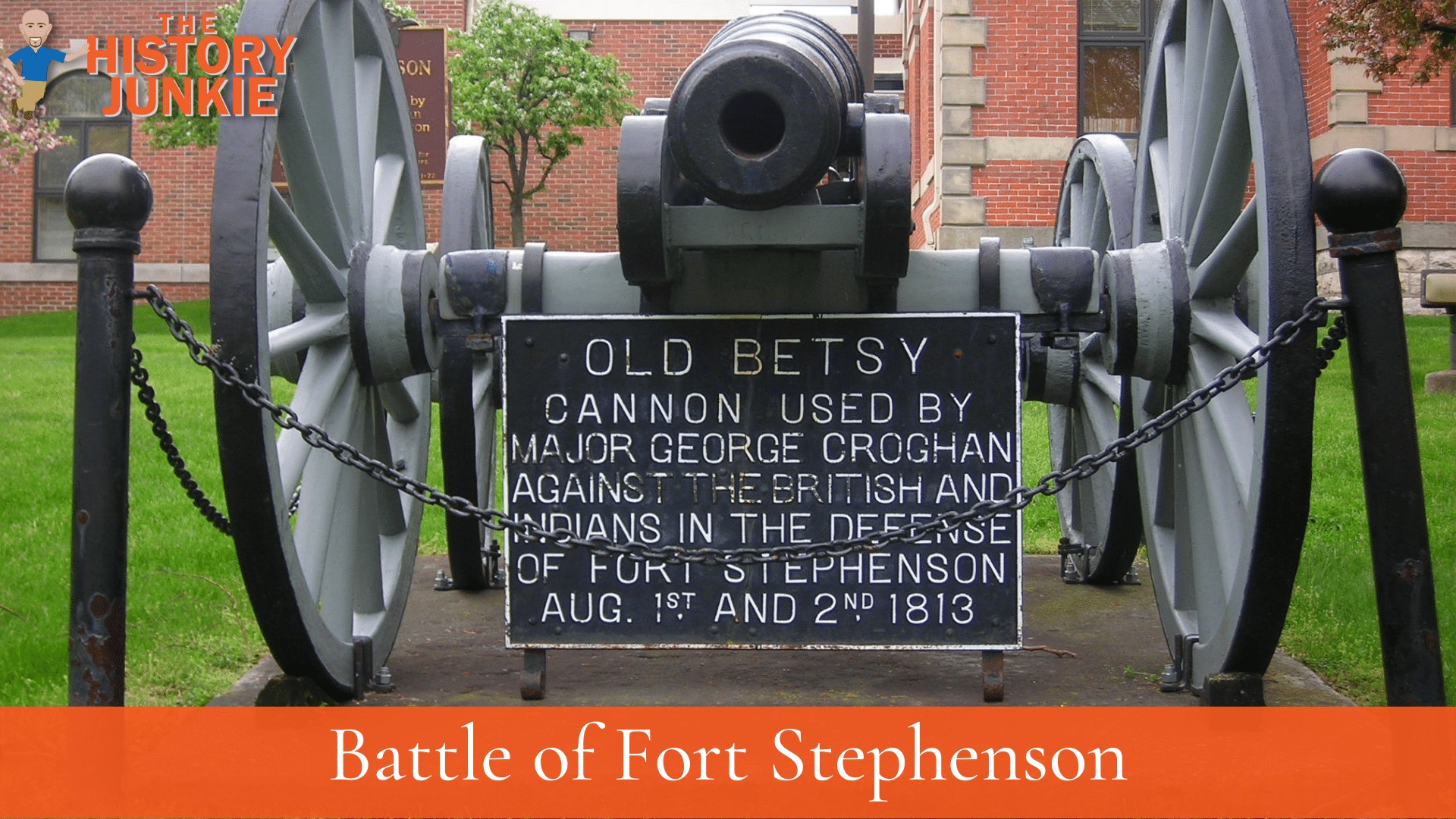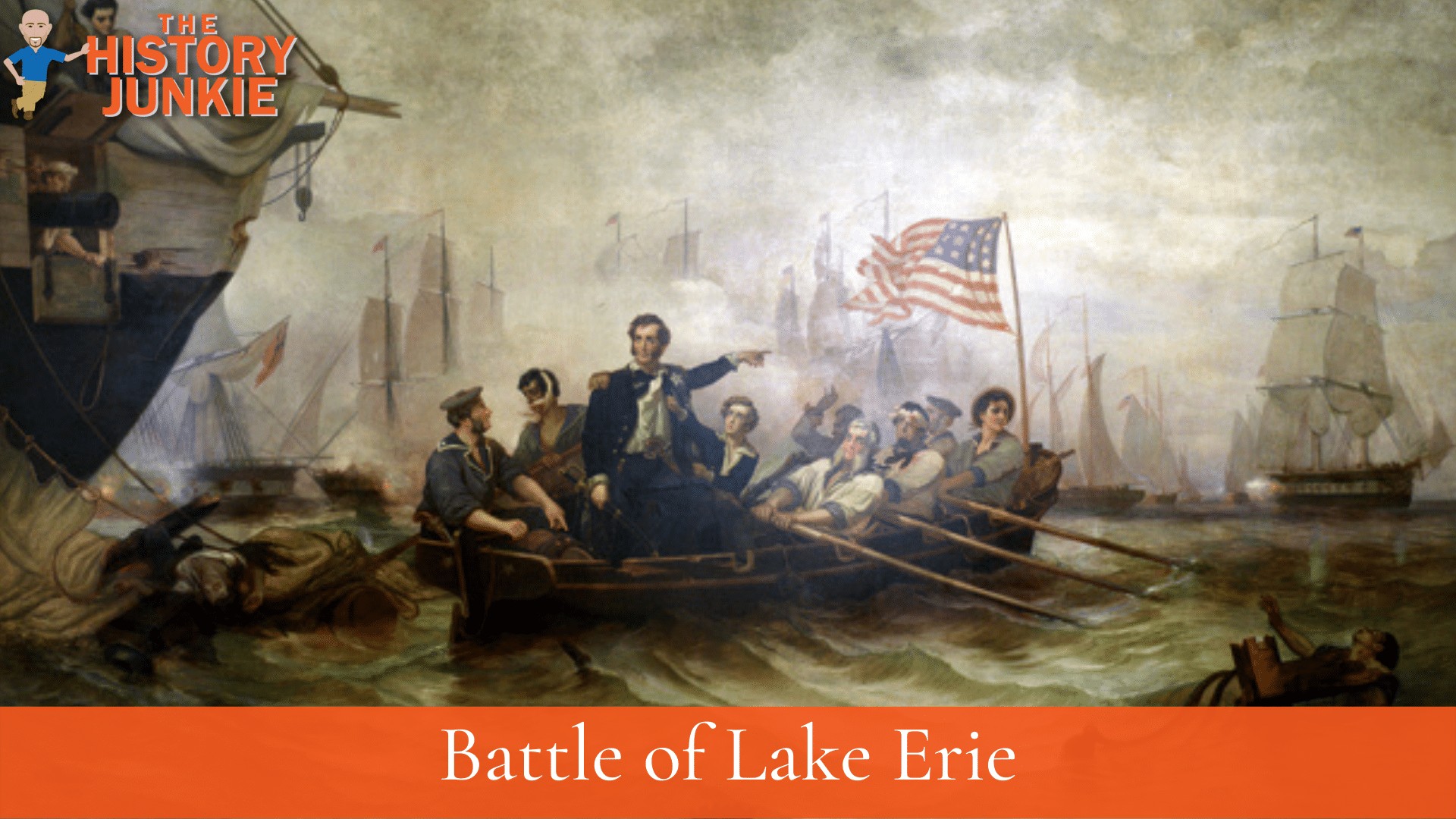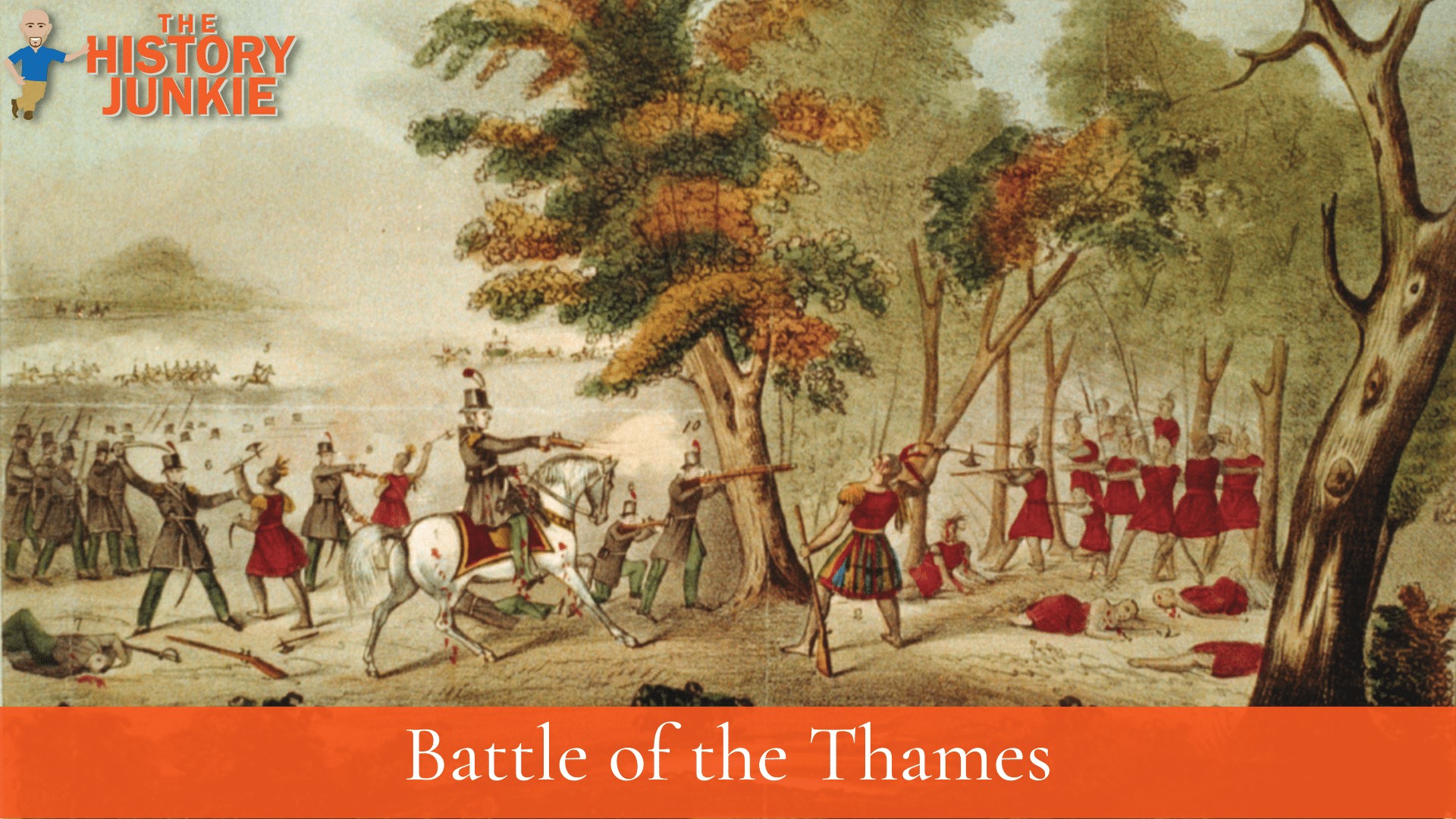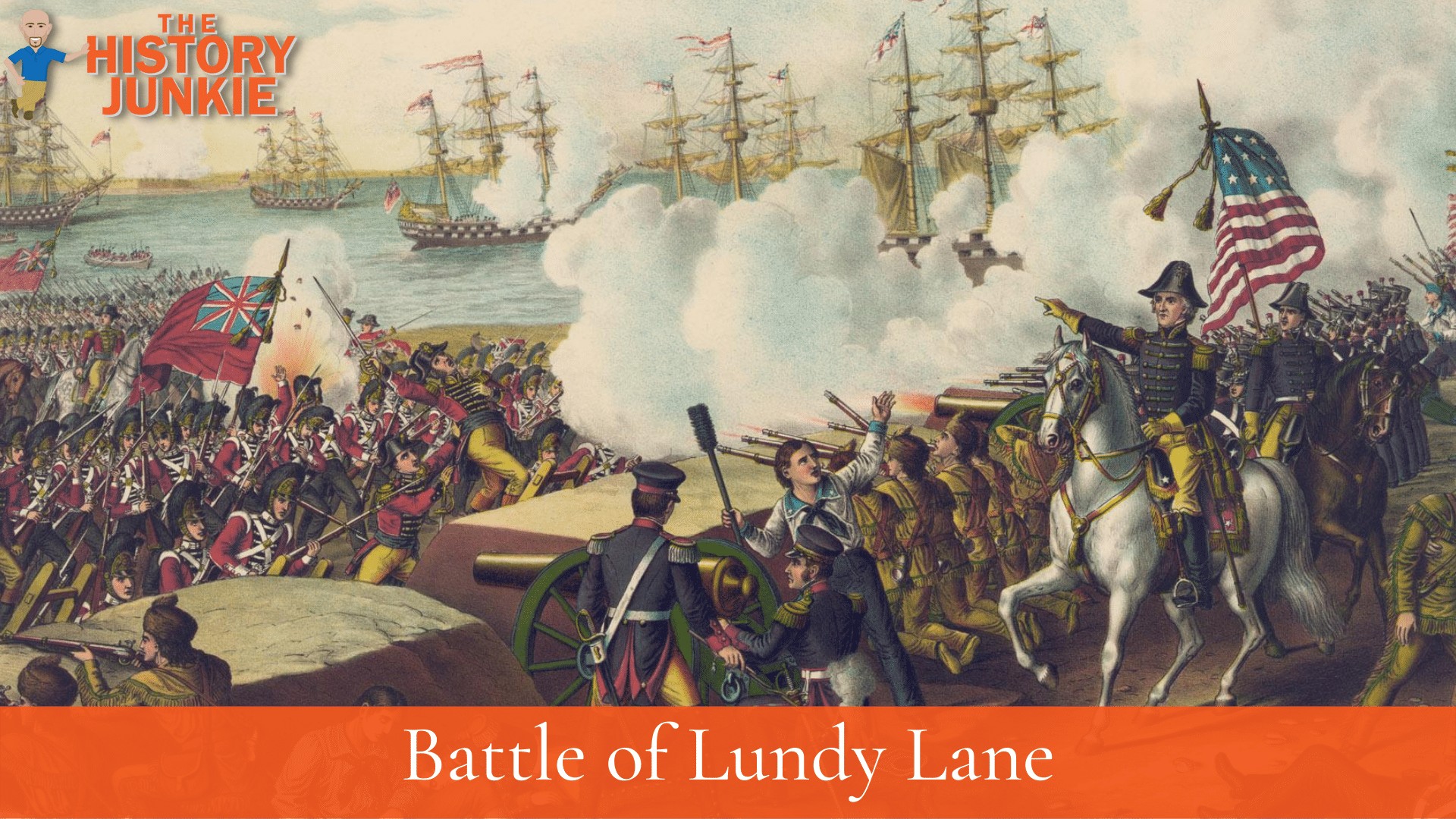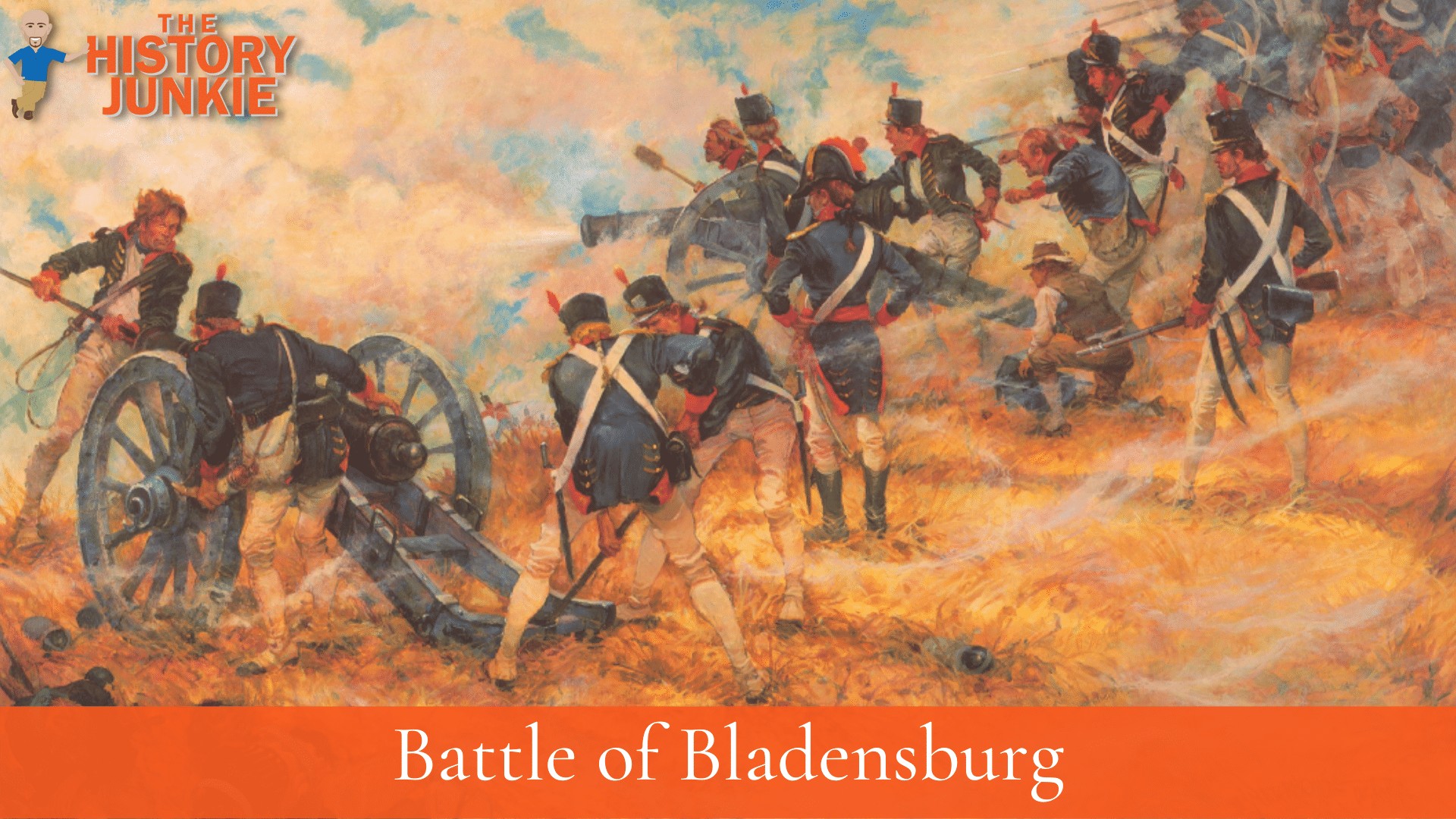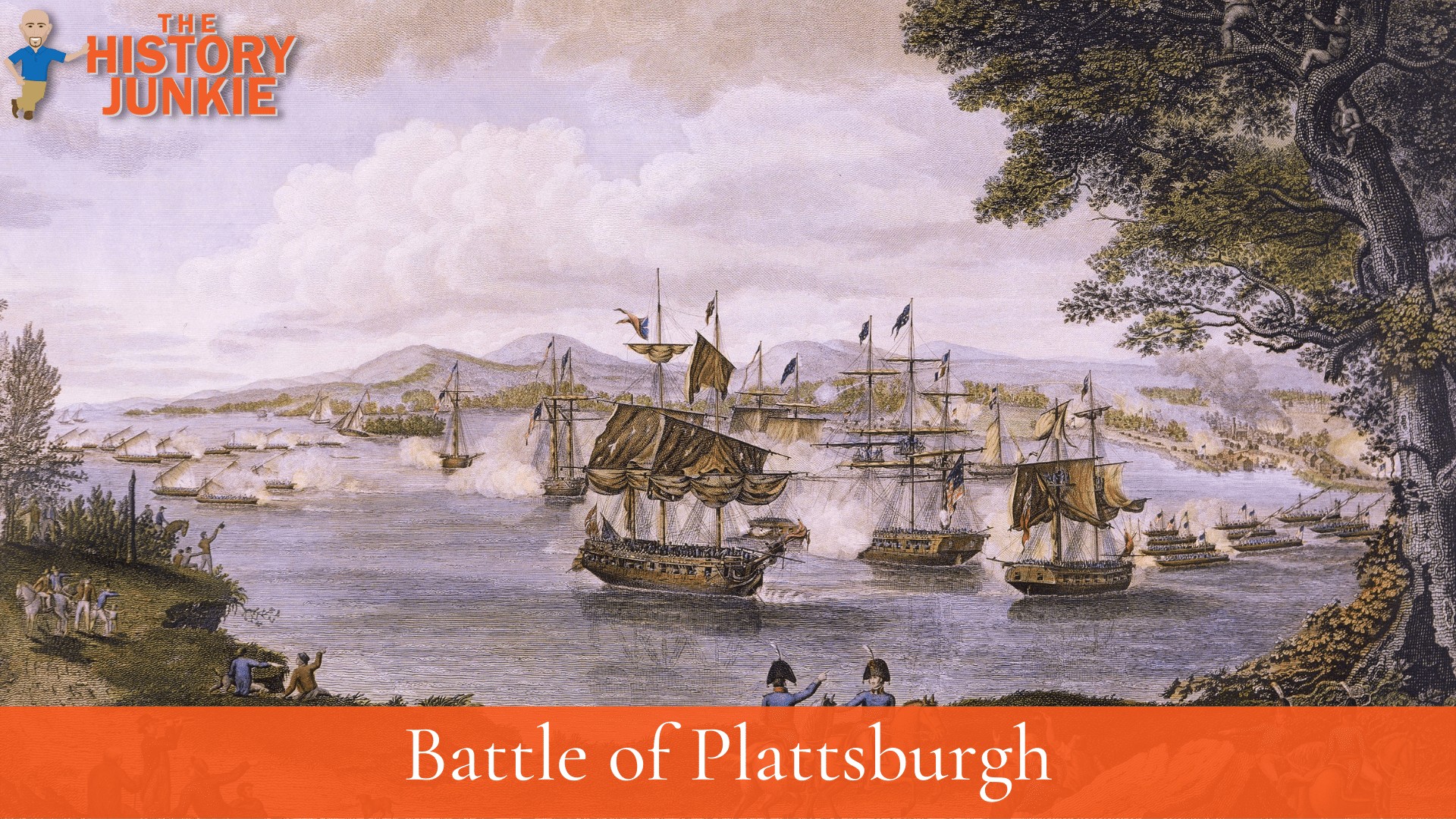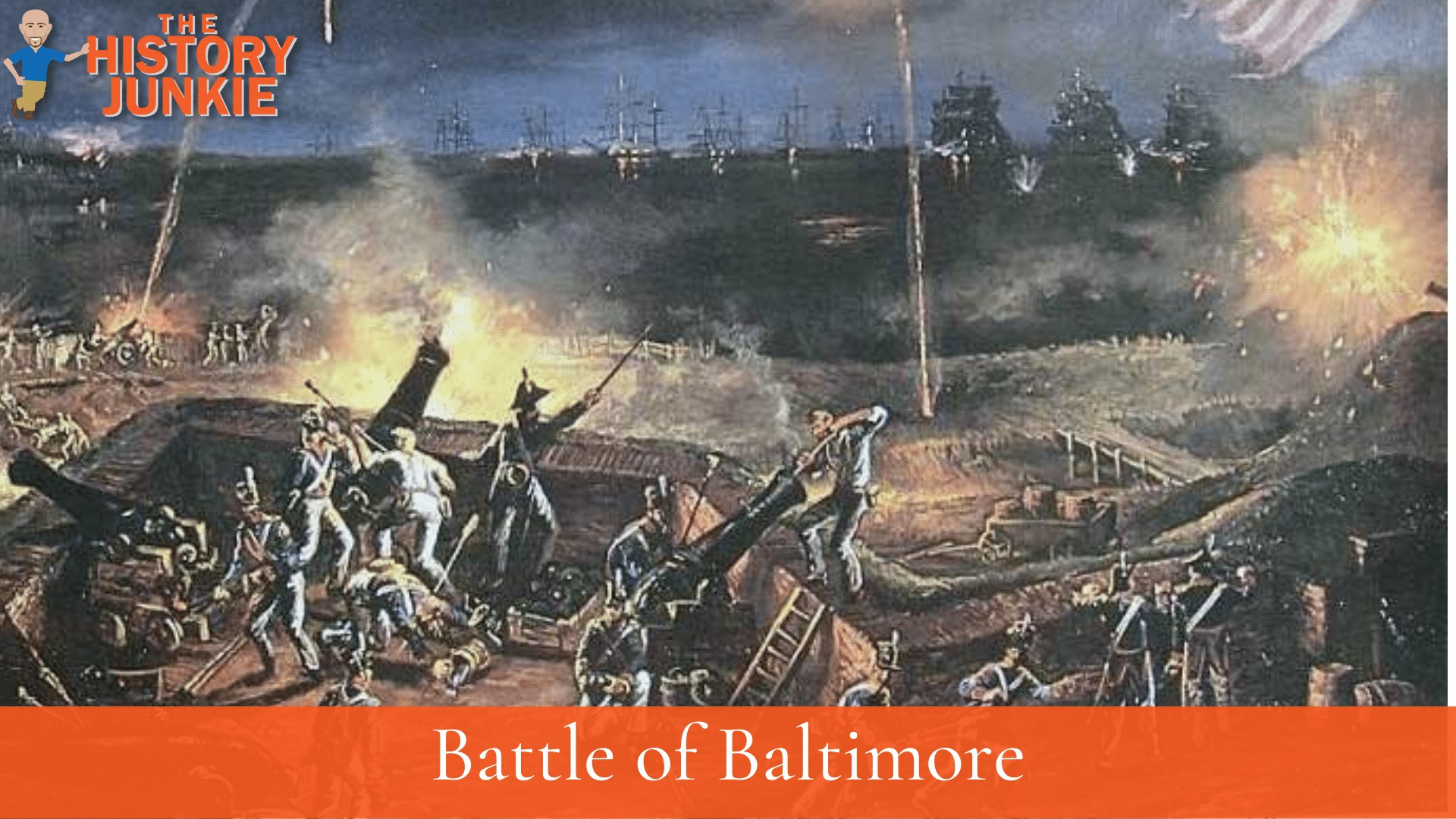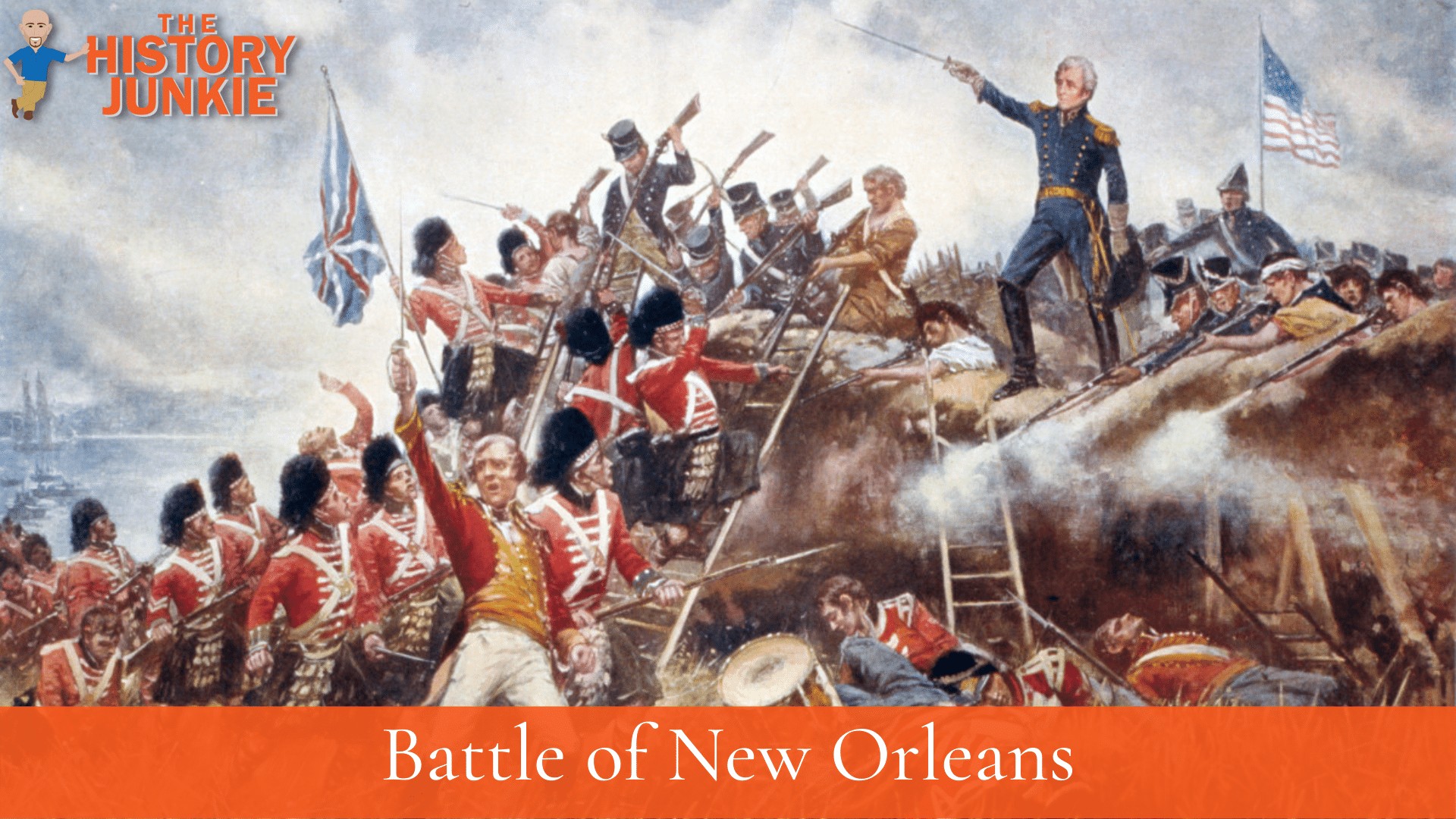The War of 1812 was fought between the years 1811 - 1815 with the last battle occurring after the Treaty of Ghent was signed.
War of 1812 battles was fought in the United States, on the western frontier, in the Great Lakes, Atlantic Ocean, and in Canada. It would be the last war between America and England and the two would become loyal allies.
Fortunately for the young United States, England was preoccupied in Europe with the Napoleonic Wars and could not give their full attention to America. Even so, the British Army did well in the states and if they had been able to put all their resources into the war, then the war may have become a disaster for the United States.
War of 1812 Major Battles
Siege of Detroit: (August 16, 1812) General William Hull was defeated and the city of Detroit fell. This sent much fear throughout northern Indiana and Ohio. It would also elevate British General Isaac Brock to knighthood in England.
Battle of Queenston Heights: (October 13, 1812) General Isaac Brock was killed but the British and their Native Allies managed to enclose the Americans and deal them a significant blow. The result was a victory for the British and a devastating loss for the Americans.
USS Constitution capture of the: HMS Java, HMS Macedonian, HMS Guerriere: (August - December 1812) American Naval Victory which showcased one of their new Warships, the USS Constitution. The new warship became legendary by the war's end.
Battle of Frenchtown: (January 22, 1813) A series of conflicts that resulted in a tactical victory for the United States during the first battle and a complete victory for the British and their Native Allies during the second battle. It is also known as the River Raisin Massacre.
Battle of York: (April 17, 1813) American forces burned York, the capital of Upper Canada, after defeating British and Canadian forces.
Battle of Fort Stephenson: (August 2, 1813) An American victory where a small force of 160 men under George Croghan defeated a large number of British attempting to disrupt American supply lines.
Battle of Lake Erie: (September 13, 1813) Oliver Hazard Perry led a group of Americans to victory over the British navy. It gave the United States control of the lake.
Battle of the Thames: (October 5, 1813) General William Henry Harrison soundly defeated the British and their Native American allies. The Shawnee leader Tecumseh was killed in the battle.
Battle of Horseshoe Bend: (March 27, 1814) Andrew Jackson defeated the Red Stick Creeks. After their defeat, he forced them to cede 23 million acres to the United States. This land would eventually become the future state of Alabama and an extension of Georgia.
Battle of Lundy’s Lane: (July 25, 1814) A decisive British victory that kept the United States out of Canada for good. Also known as the bloodiest battle of the War of 1812.
Battle of Bladensburg: (August 24, 1814): Also known as the Burning of Washington. The British routed the Americans at their capital and set the White House on fire. It would be the only time that the nation’s capital was occupied by a foreign country.
Battle of Plattsburgh: (September 11, 1814) One of the largest naval battles of the war. The result was a decisive victory for the United States.
Battle of Baltimore: (September 12 – 13, 1814) An American victory and where Francis Scott Key wrote the Star-Spangled Banner. The victory took place with the Americans defending Fort McHenry from land and sea attacks.
Battle of New Orleans: (January 8, 1815) A decisive American victory over British Napoleonic War veterans. The Treaty of Ghent had already been signed, but the victory helped reinforce the end of the war.

